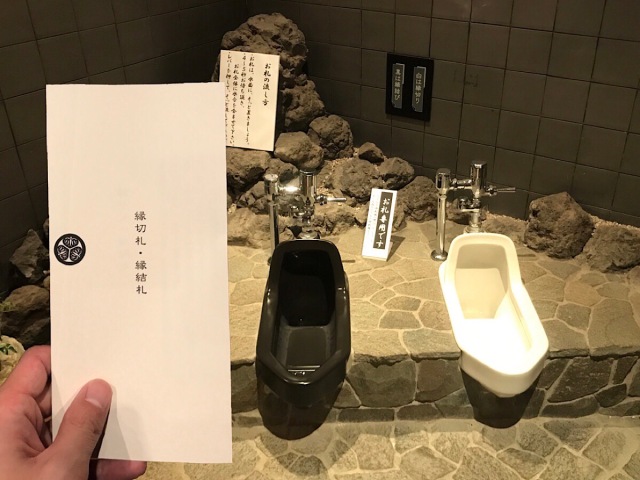
A new way to pray at the porcelain altar.
You can find many temples around Japan where people go to pray for good relationships, but there are some temples designed to help people break off relationships too.
▼ One such temple where you can sever bad ties is Mantokuji Temple in Gunma Prefecture.
During the Edo Period (1603-1868), Mantokuji was one of two convents of the Jishu sect of Buddhism, the other being Tokeiji in Kamakura, which acted as shelters where women could escape from their abusive husbands.
▼ The image below shows a woman fleeing from her husband, throwing her sandals through the gate in order to be saved by the temple.
Tokeiji and Mantokuji were venerable temples officially recognised by the ruling Tokugawa shogunate where women would be able to divorce their husbands, playing the role of what would now be considered a family court.
At a time when women were severely discriminated against, these temples were beyond their time, helping women in extraordinary ways that ran against the norms of traditional society. However, the nunneries eventually petered out, and though Tokeiji continued as a male-run temple once the nunnery closed, Mantokuji fell into disrepair.
Fortunately, locals worked to restore Mantokuji to its current state, and to help keep its heritage alive, the Enkiridera Mantokuji Museum was set up on the grounds.
“Enkiridera” translates to “Tie-Cutting Temple“, which has become something of a moniker for Mantokuji, due to its history in helping women sever ties from their abusive husbands. Today, that power lives on at the temple, but these days, there’s a more a unique way for visitors to cut ties with bad relationships.
Once people enter the building, pictured above, and pay the 200-yen (US$1.39) fee for adult admission, they have the option to purchase a set of papers designed to be used as prayer tablets, for an additional 200 yen.
Because balance is the key to all relationships, the red paper allows you to make a wish for marriage or a relationship that you would like to bring into your life, while the black paper allows you to make a wish for divorce or a relationship that you would like to cut from your life.
▼ The red pen is for writing your wish on the red paper, and the black pen for the black paper. Don’t get them mixed up!
Once you’ve written your wishes down, it’s time to enter the prayer area through a wooden gate, which resembles the gate women used to rush through at the temple. Once you’re safely on the other side, you’ll see two doors, which might remind you of men’s and women’s restrooms, and there’s a reason for that.
Why? Well, because each of these prayer rooms is home to two Japanese squat toilets!
Whatever you do, DO NOT squat and drop a deuce in either of these receptacles — there are actual restrooms for that elsewhere on the premises. These toilets are solely for prayer, as they’re designed to receive your paper wishes and carry them away to the otherworld for fulfilment.
▼ The flush buttons for each toilet (left, below) will send your prayers off on their respective journeys.
According to the instructions, your wish for cutting ties should be placed in the white toilet, while your wish for creating ties should be placed in the black toilet. Again, don’t get them mixed up or god knows where they’ll end up!
▼ There’s a wide scope of possibilities for cutting ties, with the prayer on this paper reading: “Goodbye to single life.“
Once you’ve gently placed your wish on the surface of the water in the correct toilet, wait four to five seconds to ensure the paper becomes fully soaked.
▼ Then…flush away!
After saying good riddance to bad rubbish, it’s time to head over to the relationship-giving toilet.
▼ The prayer written on this paper reads: “I wish for a girlfriend”.
▼ Again, gently place the paper on the water…
▼ …and flush away!
Seeing your prayer disappear with a flush provides you with a strange sense of accomplishment and satisfaction. It also makes you appreciate the Japanese squat toilet in a whole new light, now that they’ve become portals to the spiritual realm.
▼ The two prayer rooms aren’t segregated by gender so you can use either one of them — this is what the other room looks like.
Some tie-cutting temples and shrines can be intimidating places that result in unexpectedly negative consequences, but Mantokuji’s toilet-flushing system makes the process much less daunting and a whole lot more fun.
For a lot of people, a fun approach like this can turn out to be the pivotal first step in taking a new direction in their lives, so here’s hoping the temple continues to maintain these toilets as a modern take on its longstanding traditions for generations to come.
Temple information
Ota Municipal Enkiridera Mantokuji Museum / 太田市立縁切寺満徳寺資料館
Address: Gunma-ken, Ota-shi, Tokugawacho 385-1
群馬県太田市徳川町385-1
Open: 9:30 a.m.-5:00 p.m. (admission until 4:30 p.m.)
Closed: Mondays (if Monday is a public holiday, the following day), New Year holidays (From 29 December to 3 January)
Admission: Adults 200 yen; Groups (20 or more) 160 yen; Junior high school students and younger free
Website
Images © SoraNews24
● Want to hear about SoraNews24’s latest articles as soon as they’re published? Follow us on Facebook and Twitter!
[ Read in Japanese ]

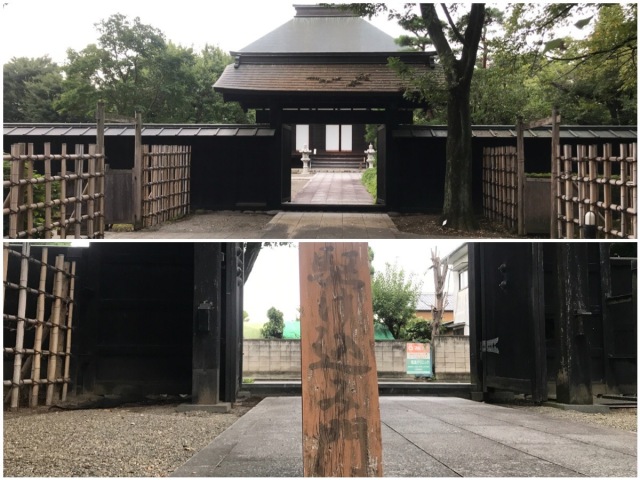
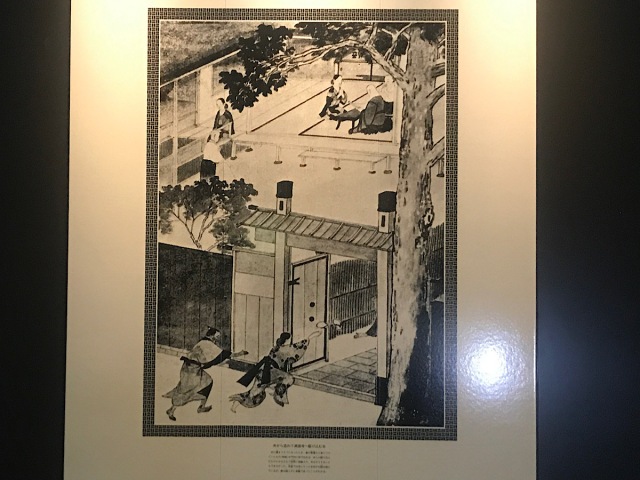
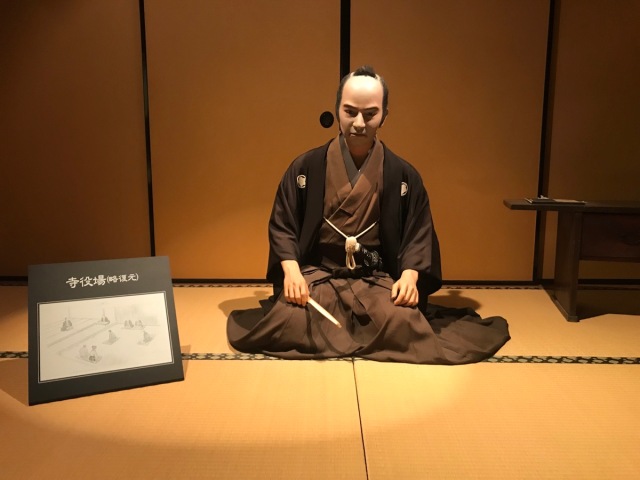
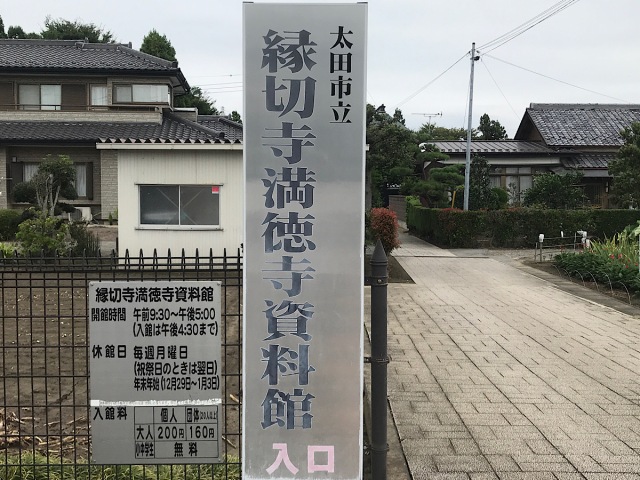
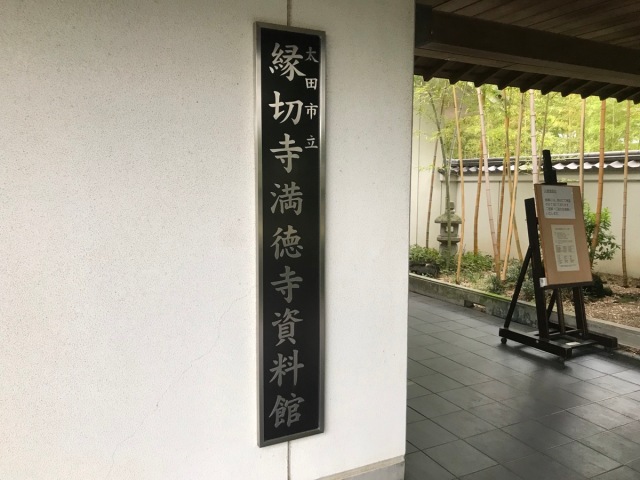
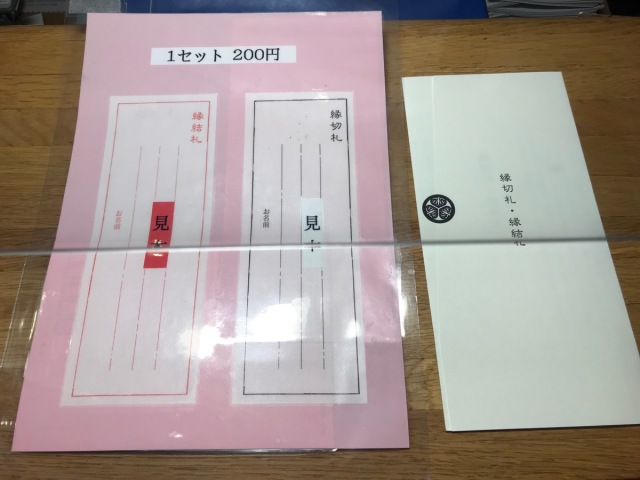
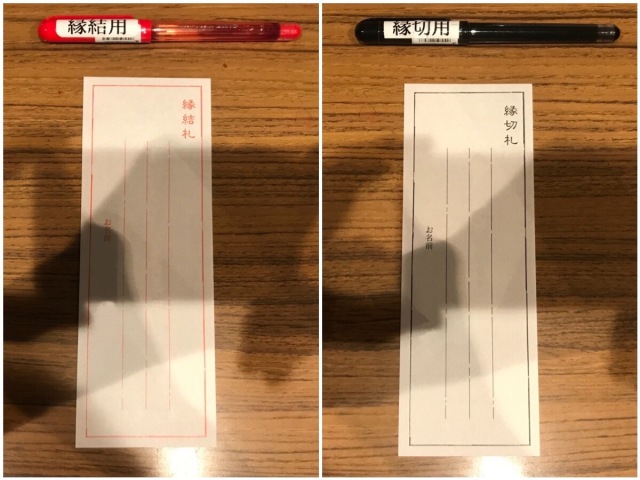
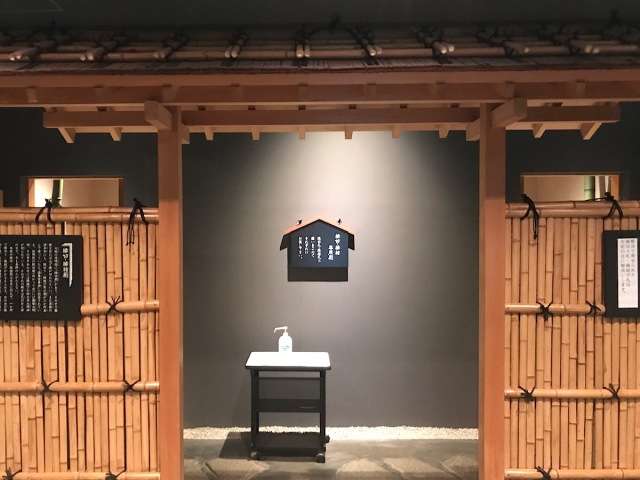
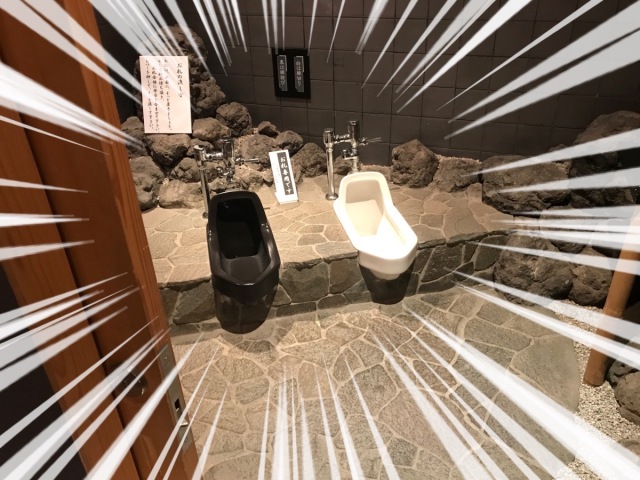
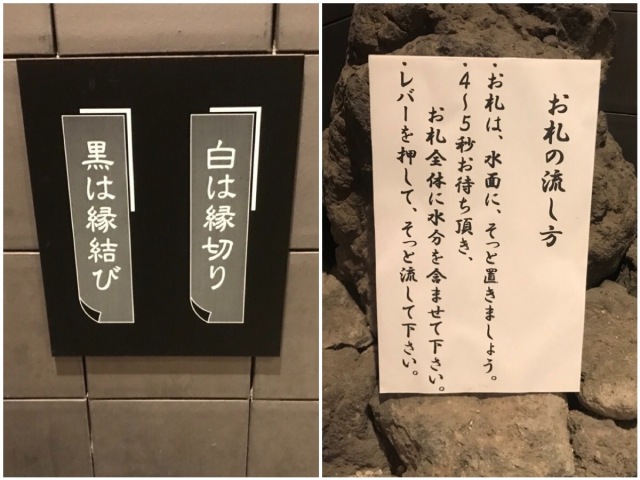
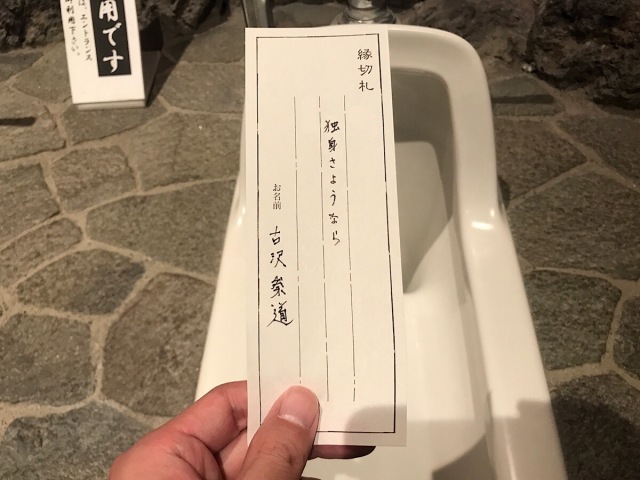
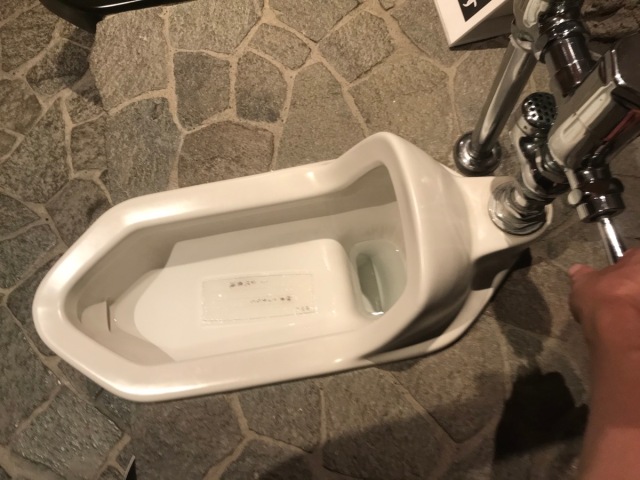
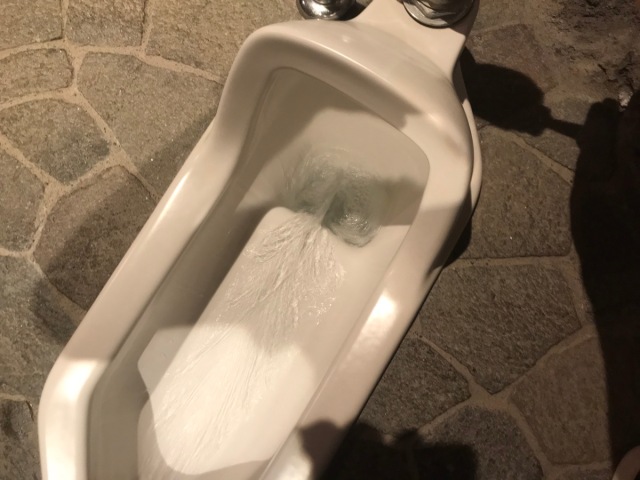
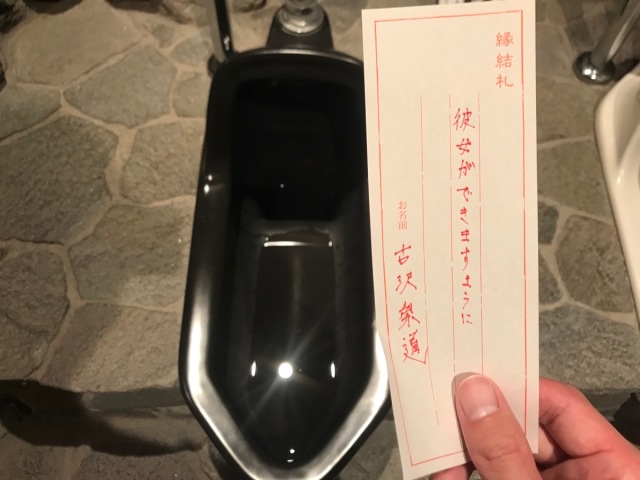
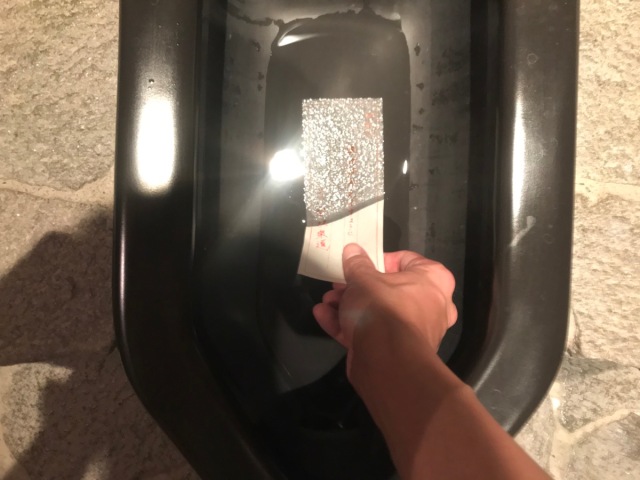

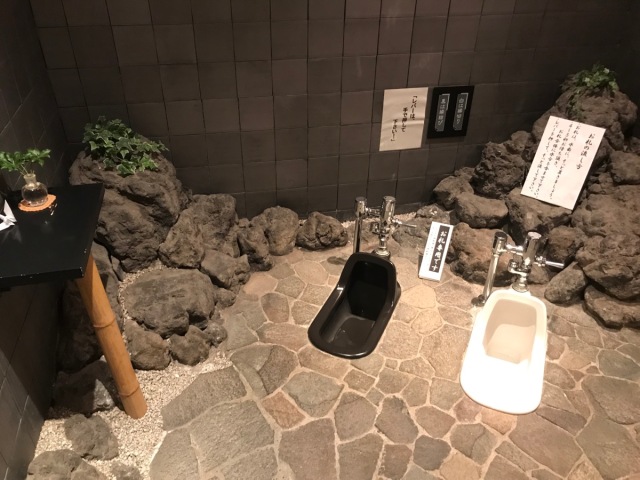
 Kyoto’s Shrine of Severing Ties does its job a little too well again…by losing jobs
Kyoto’s Shrine of Severing Ties does its job a little too well again…by losing jobs What do toilets the world over look like? Check out this video to find out 【Video】
What do toilets the world over look like? Check out this video to find out 【Video】 Use this Japanese-style toilet properly, or else “you are gonna fall down on s***”
Use this Japanese-style toilet properly, or else “you are gonna fall down on s***” A visit to Japan’s centuries-old boob temple
A visit to Japan’s centuries-old boob temple Kanazawa’s historic “ninja temple” is packed full of hidden rooms, pitfalls, and more
Kanazawa’s historic “ninja temple” is packed full of hidden rooms, pitfalls, and more Japan’s new difficult-to-drink-from beer glass protects your liver, but it’s a brutal experience
Japan’s new difficult-to-drink-from beer glass protects your liver, but it’s a brutal experience How to order snacks on a Shinkansen bullet train in Japan
How to order snacks on a Shinkansen bullet train in Japan Demon Slayer: Kimetsu no Yaiba gets new roller coaster attractions and food at Universal Studios Japan
Demon Slayer: Kimetsu no Yaiba gets new roller coaster attractions and food at Universal Studios Japan New Pokémon ice cream, dessert drinks, and cool merch coming to Baskin-Robbins Japan【Pics】
New Pokémon ice cream, dessert drinks, and cool merch coming to Baskin-Robbins Japan【Pics】 Burger King Japan suddenly adds Dr. Pepper and Dr. Pepper floats to its menu nationwide
Burger King Japan suddenly adds Dr. Pepper and Dr. Pepper floats to its menu nationwide Hello, cosmetics! Clinique teams up with Hello Kitty this summer for first-time collaboration
Hello, cosmetics! Clinique teams up with Hello Kitty this summer for first-time collaboration “The most Delicious Cup Noodle in history” – Japan’s French Cup Noodle wins our heart【Taste test】
“The most Delicious Cup Noodle in history” – Japan’s French Cup Noodle wins our heart【Taste test】 To combat declining birth rate, Japan to begin offering “Breeding Visas” to foreigners
To combat declining birth rate, Japan to begin offering “Breeding Visas” to foreigners Starbucks teams up with Japanese shochu brewery for a whole new coffee experience
Starbucks teams up with Japanese shochu brewery for a whole new coffee experience Studio Ghibli releases giant Totoro plushies in Japan
Studio Ghibli releases giant Totoro plushies in Japan Nintendo history you can feel – Super NES, N64, and GameCube controllers become capsule toys
Nintendo history you can feel – Super NES, N64, and GameCube controllers become capsule toys Starbucks releases a cute Frappuccino and Unicorn Cake…but not in Japan
Starbucks releases a cute Frappuccino and Unicorn Cake…but not in Japan Kyoto Tower mascot termination reveals dark side behind cute Japanese characters
Kyoto Tower mascot termination reveals dark side behind cute Japanese characters McDonald’s Japan’s Soft Twist Tower: A phantom ice cream only sold at select branches
McDonald’s Japan’s Soft Twist Tower: A phantom ice cream only sold at select branches Yabai Ramen: What makes this Japanese ramen so dangerous?
Yabai Ramen: What makes this Japanese ramen so dangerous? Finally! Nintendo Japan expands Switch 8-bit controller sales to everybody, Online member or not
Finally! Nintendo Japan expands Switch 8-bit controller sales to everybody, Online member or not Japanese government wants to build luxury resorts in all national parks for foreign tourists
Japanese government wants to build luxury resorts in all national parks for foreign tourists 10 things you should buy at 7-Eleven in Japan
10 things you should buy at 7-Eleven in Japan Studio Ghibli releases anime heroine cosplay dresses that are super comfy to wear
Studio Ghibli releases anime heroine cosplay dresses that are super comfy to wear Woman charged for driving suitcase without a license in Osaka
Woman charged for driving suitcase without a license in Osaka Studio Ghibli unveils My Neighbour Totoro miniature house model
Studio Ghibli unveils My Neighbour Totoro miniature house model Kyoto experiencing problems with foreign tourists not paying for bus fares, but not on purpose
Kyoto experiencing problems with foreign tourists not paying for bus fares, but not on purpose Fighting mild hunger with a Japanese soda that turns into jelly in the stomach【Taste test】
Fighting mild hunger with a Japanese soda that turns into jelly in the stomach【Taste test】 Studio Ghibli’s Howl’s Moving Castle tapestry unveiled in Japan for first time
Studio Ghibli’s Howl’s Moving Castle tapestry unveiled in Japan for first time McDonald’s new Happy Meals offer up cute and practical Sanrio lifestyle goods
McDonald’s new Happy Meals offer up cute and practical Sanrio lifestyle goods Sales of Japan’s most convenient train ticket/shopping payment cards suspended indefinitely
Sales of Japan’s most convenient train ticket/shopping payment cards suspended indefinitely Sold-out Studio Ghibli desktop humidifiers are back so Totoro can help you through the dry season
Sold-out Studio Ghibli desktop humidifiers are back so Totoro can help you through the dry season Japanese government to make first change to romanization spelling rules since the 1950s
Japanese government to make first change to romanization spelling rules since the 1950s Foreigner’s request for help in Tokyo makes us sad for the state of society
Foreigner’s request for help in Tokyo makes us sad for the state of society Ghibli founders Toshio Suzuki and Hayao Miyazaki contribute to Japanese whisky Totoro label design
Ghibli founders Toshio Suzuki and Hayao Miyazaki contribute to Japanese whisky Totoro label design Doraemon found buried at sea as scene from 1993 anime becomes real life【Photos】
Doraemon found buried at sea as scene from 1993 anime becomes real life【Photos】 Tokyo’s most famous Starbucks is closed
Tokyo’s most famous Starbucks is closed Princesses, fruits, and blacksmiths: Study reveals the 30 most unusual family names in Japan
Princesses, fruits, and blacksmiths: Study reveals the 30 most unusual family names in Japan “Graffiti Temple” in Kyoto, where visitors are encouraged to deface the walls
“Graffiti Temple” in Kyoto, where visitors are encouraged to deface the walls Buddhist temple singles parties: The enlightened way to find a romantic partner
Buddhist temple singles parties: The enlightened way to find a romantic partner Japanese shrine maidens in Osaka spotted wearing unusual costumes during winter
Japanese shrine maidens in Osaka spotted wearing unusual costumes during winter Motonosumi Inari Shrine: a site of beauty in Japan that tourists are yet to discover
Motonosumi Inari Shrine: a site of beauty in Japan that tourists are yet to discover Akutai Matsuri: Japan’s Verbal Abuse Festival, where insults and bad behaviour are encouraged
Akutai Matsuri: Japan’s Verbal Abuse Festival, where insults and bad behaviour are encouraged Japanese foaming bottom soap: An eco-friendly alternative to wet wipes
Japanese foaming bottom soap: An eco-friendly alternative to wet wipes $11,000 luxury Japanese toilet will probably give you the best poop experience of your life
$11,000 luxury Japanese toilet will probably give you the best poop experience of your life A visit to one of Japan’s motorcycle Shinto shrines
A visit to one of Japan’s motorcycle Shinto shrines Cosplay company creates fantasy RPG-style memorial altars for the ashes of your ancestors【Photos】
Cosplay company creates fantasy RPG-style memorial altars for the ashes of your ancestors【Photos】 Kyoto village dealing with poo on floor as Japanese-style toilets confuse foreign travelers
Kyoto village dealing with poo on floor as Japanese-style toilets confuse foreign travelers Over half of Japanese adults do this in the shower – How about you?
Over half of Japanese adults do this in the shower – How about you? What’s this Tibetan temple doing in the middle of Japan? We go to find out!
What’s this Tibetan temple doing in the middle of Japan? We go to find out! Aichi police on lookout for scoundrel who stole public toilet’s flushing handle
Aichi police on lookout for scoundrel who stole public toilet’s flushing handle Burger King releases new Whopper to ward off evil in Japan
Burger King releases new Whopper to ward off evil in Japan We travel to Fuji to see how they make Japanese toilet paper
We travel to Fuji to see how they make Japanese toilet paper
Leave a Reply